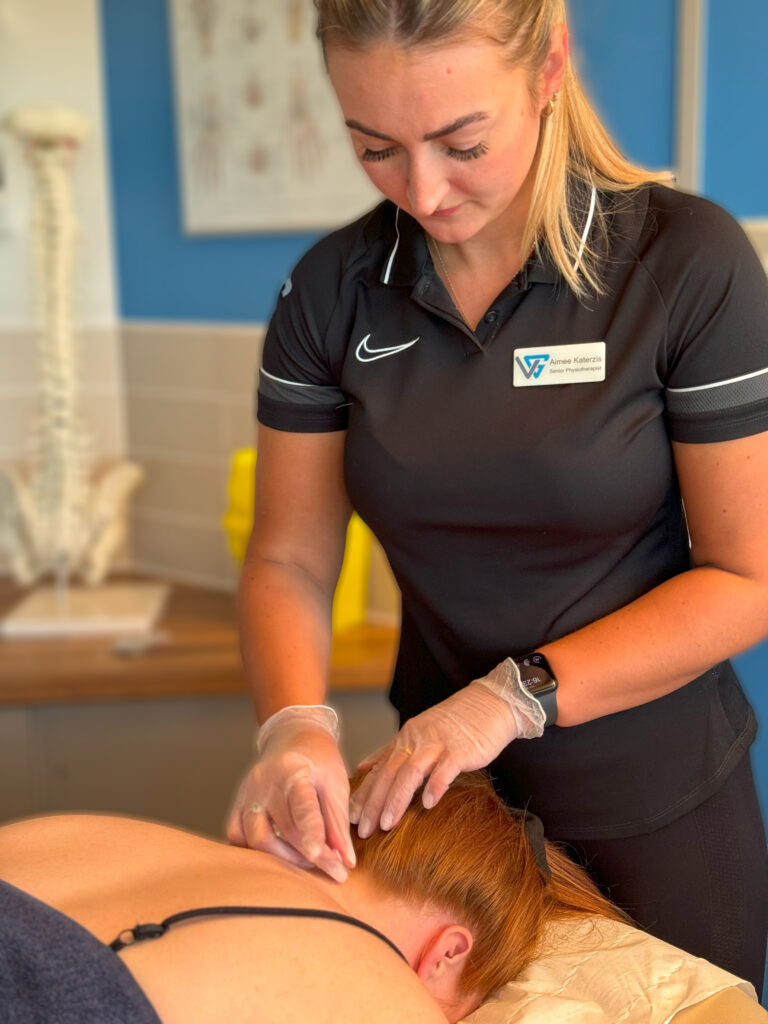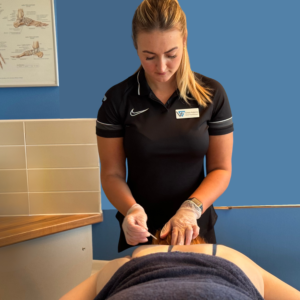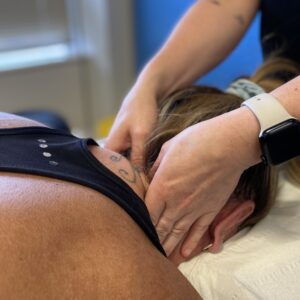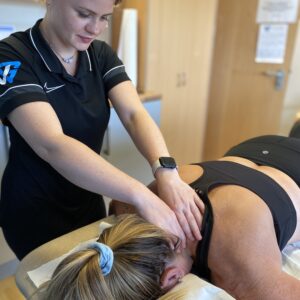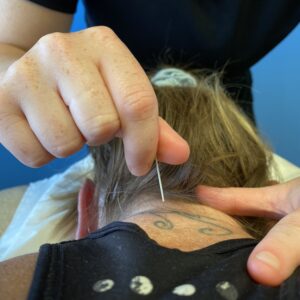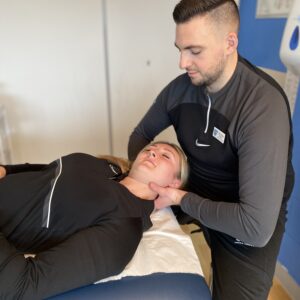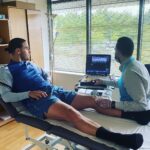Traditionally, headache and migraine has been poorly understood and therefore very difficult to manage. It is an extremely complex condition and, similar to neck and back pain, is often multifactorial and has many variables that accumulate to form a persistent cycle.
Headaches can vary from mild to severe and are defined as a pain within the head or face. The difference between these and migraines is that migraine is characterised by the addition of other symptoms such as visual disturbances and nausea. Changes to your vision can include blind spots either peripherally, centrally or randomly or blurred or double vision. Nausea can be just a feeling of sickness or can be physical vomiting during an attack.
One of the reasons why headache and migraine has historically been difficult to treat is that each person will present very differently. The frequency, severity, duration of attacks can be completely different from person to person, as does the distribution of pain and the associated symptoms they experience.
There are also many, many causes/triggers for headache and migraine ranging from the classic ones you may heard of such as stress, dehydration, hormonal changes and specific foods or drinks. You also may experience headache and migraine secondary to other conditions or following a car accident.
As physiotherapists, we take all of these factors into account, whilst addressing the musculoskeletal issues present that can perpetuate the cycle. The nerves at the top of the neck (C1-3) converge with one of the cranial nerves from the brain and supply the head and face. This is where we target out treatment, as well as the upper back and local musculature that also contribute. With a combination of treatment and appropriate patient self-management, the aim is dia.co.uk/specialist-physiotherapy/headache-migraine-treatment/to modulate the amount of overactivity of the nerves that supply the head.
Read more about our extremely successful Headache and Migraine clinic and more about the treatment here.

